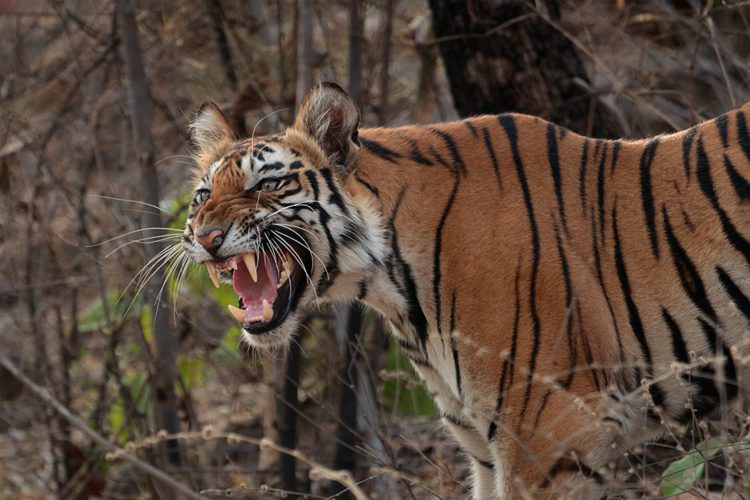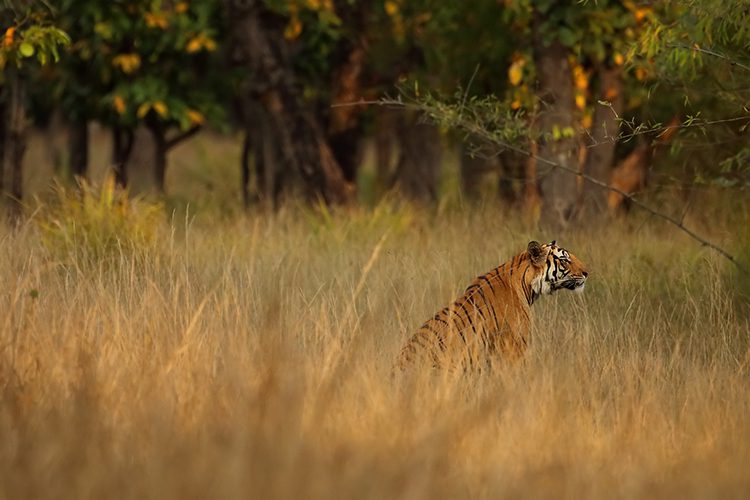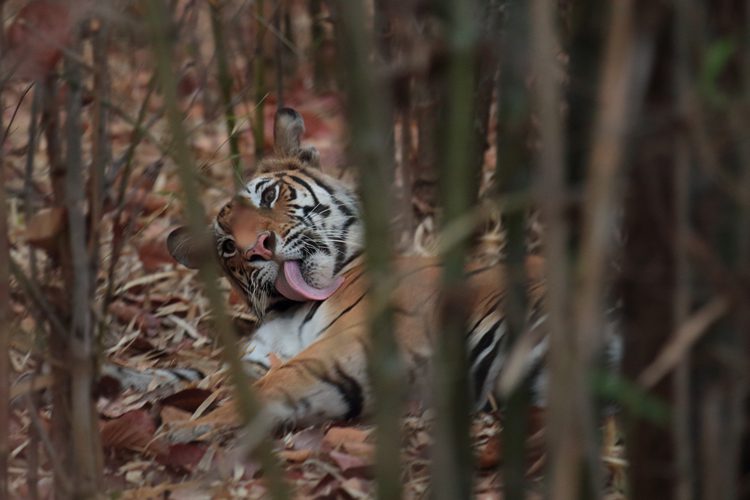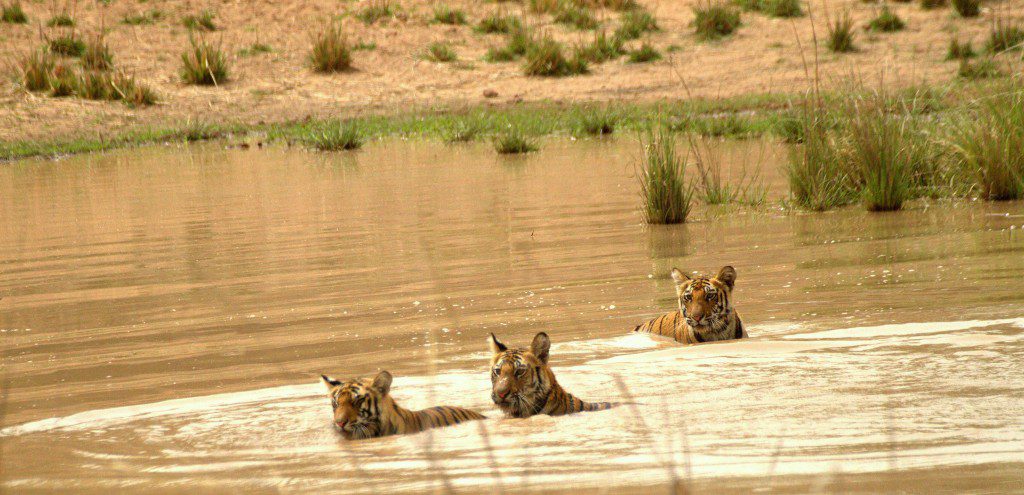Weapons in the Wild: The Jaws of a Tiger
Rarely should he snarl exhibiting his rack of deadly instruments, stacked with 30 teeth that can dig into the senile neck of the running prey and ensure death to one and meal to another. A deer spends the majority of his life just escaping the Tiger. During one such safari in Bandhavgarh National Park, our naturalist managed to get this seldom shot of a tiger’s jaw.
The countdown must start once the prospective prey is determined and the Tiger slyly pushes his body cutting through the grasses, his stripes mixed in the standing spines of grass. The retracted claws would open and take a leap that would decide the unforbidden future of the prey. The jaw muscles of the tiger are attached to the sagittal crest, the top of the skull which gives extra strength, grasp, and firmness to action. Being crafted to cut and not chew, only up-down scissor movements are permitted to the jaws.
The Canines(6-10cms): Two ‘fangs’ on each side of the upper and lower jaw, canines are disjointed from incisors to give the hunter a better grip and space to dig deeper down the flesh. The canines are attached to the muscles that reach the forehead, exerting pressure similar to a hammer on the nail. The multiple nerve endings help the Tiger to sense the condition of the engulfed prey.
The Incisors: The 6 pincer-shaped incisors, are much smaller than canines. The role of incisors is to grip the prey and tear off meat from the bones. The precision of incisors is also in skinning the feathers of a bird and ripping the quills of a porcupine. The incisors push the chunks to the molars for further cutting.
The Molars: The chunks are divided into swallowable pieces using the molars. The low-rise molars with ivory sharp edges are placed on each side of the lower and upper jaw. The tigers do not perfect at chewing prey, their jaw is developed to slice and gulp. The taste buds of a tiger are not adequate enough to distinguish between the fine tastes of meat.
The Tongue: If the tiger is hungry, it will even lick off the bones of his hard-earned kill. The tongue has conical papillae coated with pointed sheaths which brush off the last remnants of edible flesh.
Teething in cubs
The cubs are born toothless, but just like humans they grow milk teeth in the first few days of birth and shed them after six-eight months. The milk teeth will only fall once the permanent tools have developed enough to replace them. The growth of teeth also hints at the age and diet of the Tiger. These fascinating aspects of tiger development can be observed in some of the best places to see tigers in India.
Courtesy: Vineeta Yadav – Photo Credits: Ashish Tirkey & Shashi Choubey





